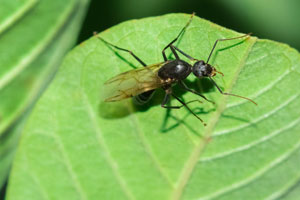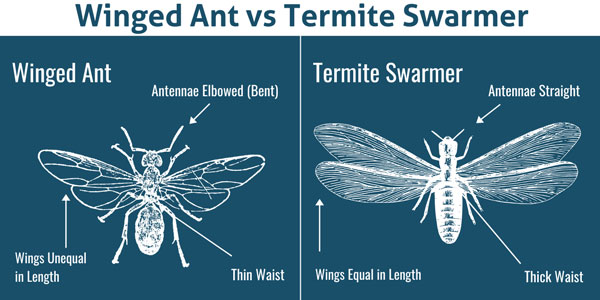 The weather is starting to warm up here in Northern Utah and Southern Idaho. With rising temperatures comes the return of ants in your home! Anyone who has had an ant problem knows how frustrating they are–not to mention how difficult they are to get rid of. To avoid dealing with an infestation, it’s crucial to learn about ant prevention. The team at Rentokil have compiled their best ant-proofing tips for homeowners. Keep reading to learn more!
The weather is starting to warm up here in Northern Utah and Southern Idaho. With rising temperatures comes the return of ants in your home! Anyone who has had an ant problem knows how frustrating they are–not to mention how difficult they are to get rid of. To avoid dealing with an infestation, it’s crucial to learn about ant prevention. The team at Rentokil have compiled their best ant-proofing tips for homeowners. Keep reading to learn more!
Ant-Proofing Tricks and Tips for Your Home
To keep ants away, it’s important to learn what attracts them in the first place. By limiting their access indoors, and subsequently any food and water sources they may find, you can avoid an infestation. The following tips will lessen the chance of getting an ant problem:
- Inspect your property and seal any cracks or crevices using a silicone-based caulk.
- Keep all pet food bowls clean and always clean up after spills and messes. Pick pet bowls up off the floor after meal times.
- Ensure downspouts and gutters are all functioning properly so that water is flowing away from the foundation.
- Regularly check under sinks for excess moisture problems and repair leaky pipes promptly.
- Trim trees and shrubbery in your yard to be at least 6 inches away from the foundation of the home.
- Wipe down any countertops and sweep floors regularly to clean up spills and remove crumbs.
- Store dried goods, food, and pet food in airtight containers and refrigerate ripe fruit.
- Take out your garbage on a regular basis and use trash cans with a tight-fitting lid.
How to Get Rid of Your Ant Problem
If you’ve done all you can to prevent ants and still find yourself with a possible infestation, it’s important to always enlist the help of a professional ant exterminator. Ants are determined pests that are more resilient than you may think. Colonies can spread quickly and into satellite colonies, which is why controlling them can be a lengthy process. A pest control company has the tools and resources to get rid of your infestation quickly and effectively.
Professional Ant-Proofing Services
Learning how to prevent ants can be difficult. Our team of ant exterminators knows how frustrating ants can be, which is why we’ll work with you to determine the best way to keep ants out all year round. Call our team today to find out more!


